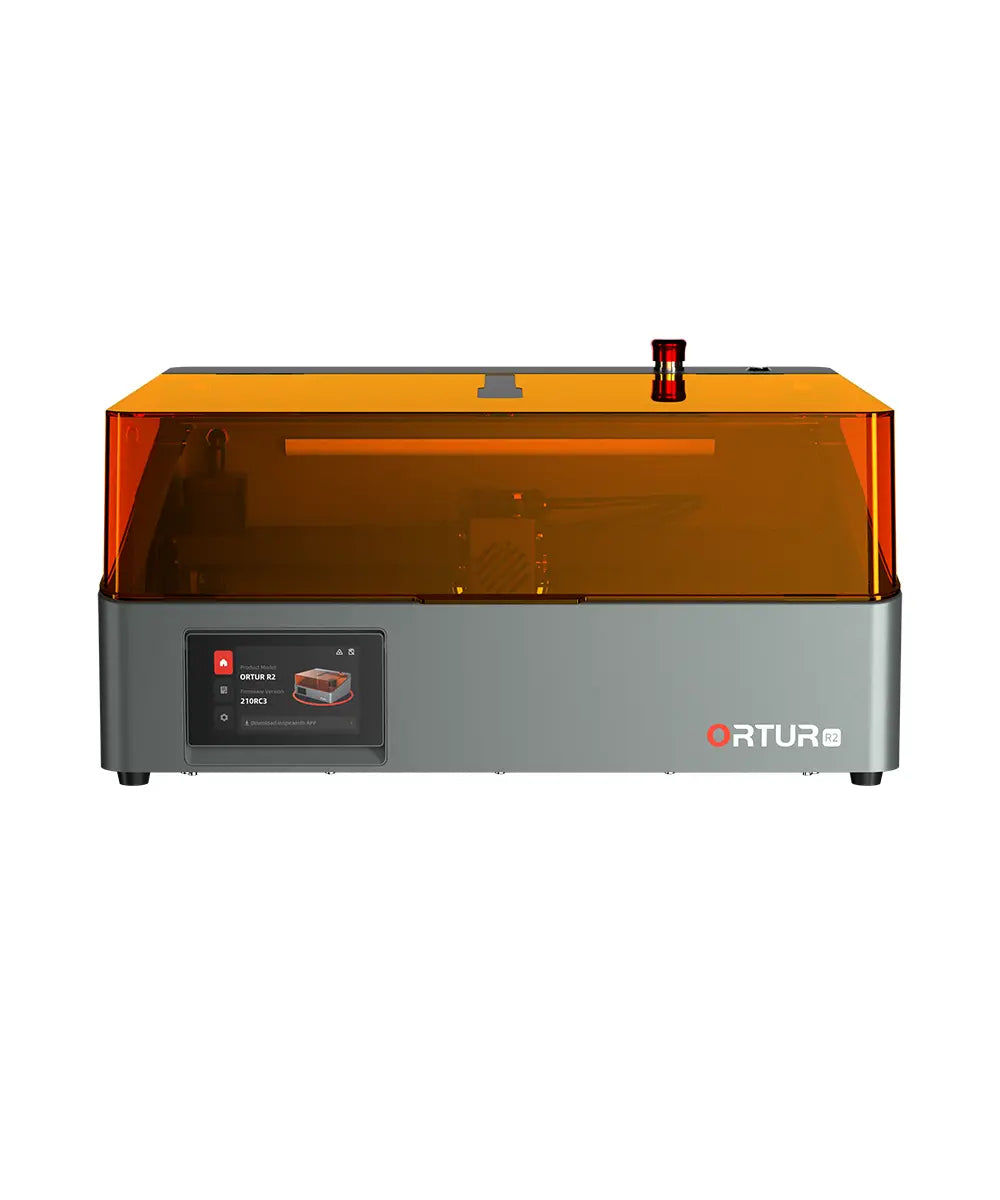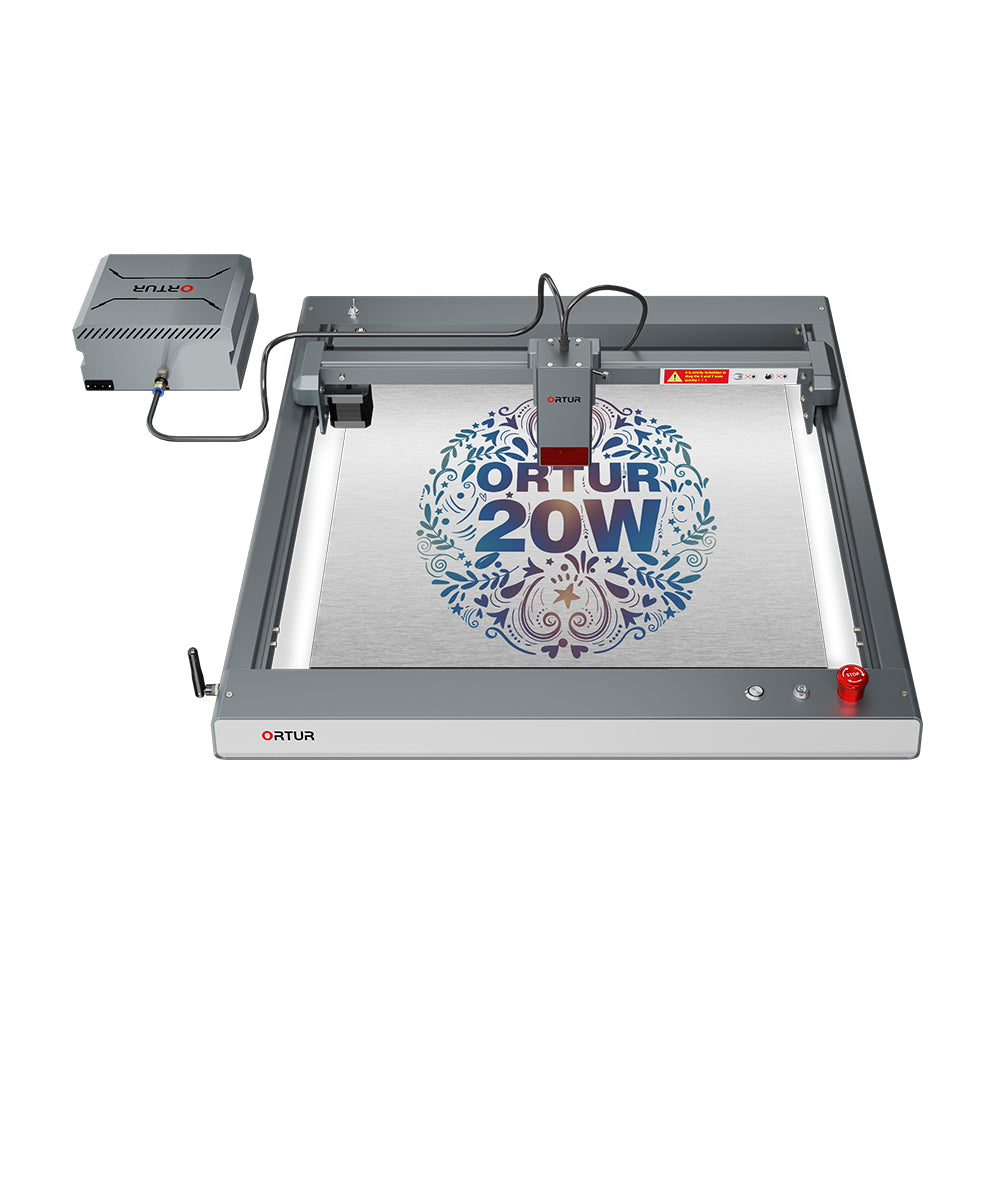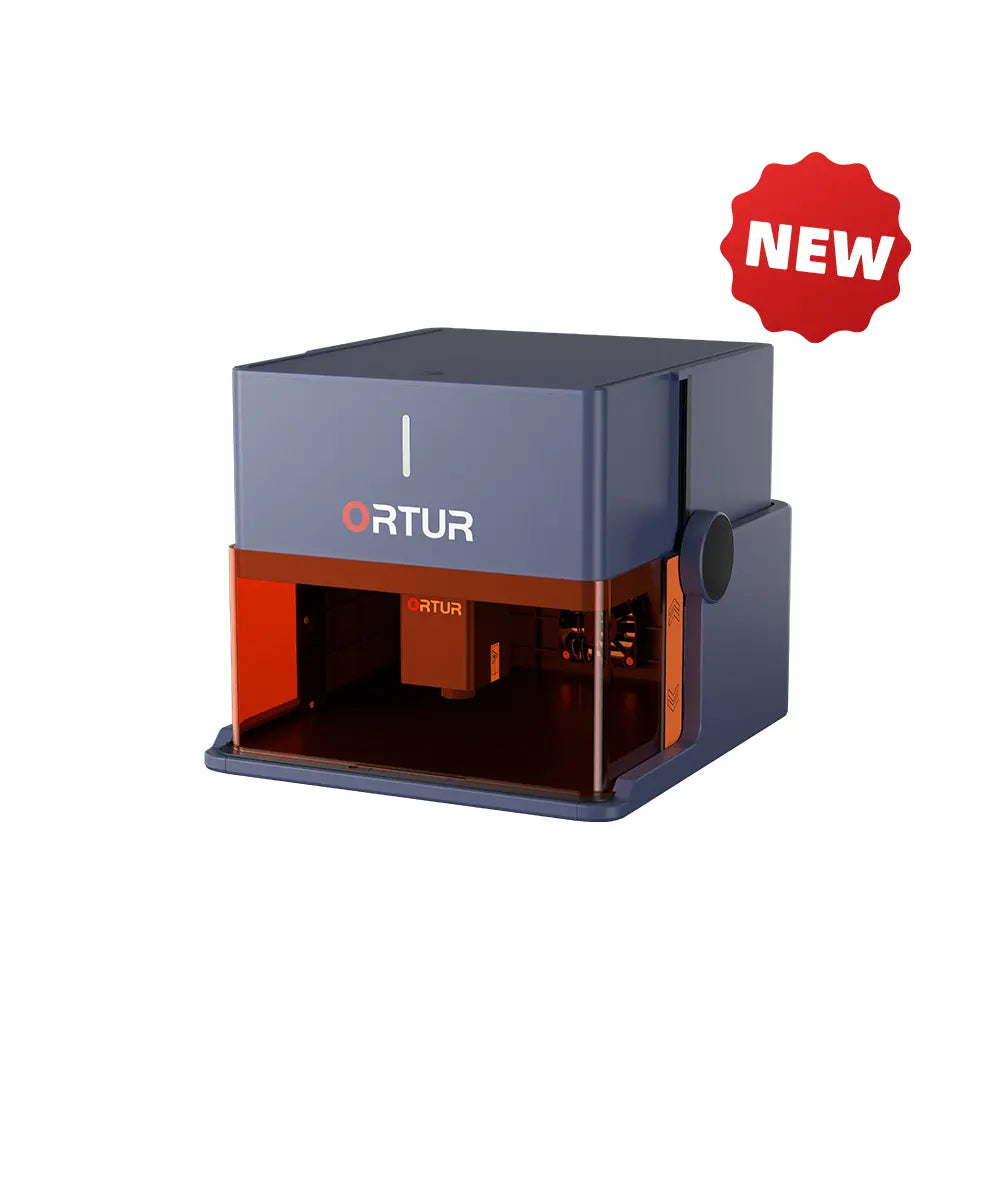Laser Engraving 101: This is How to Engrave Metal like a Pro
Learn our take on how to engrave metal in the best possible and efficient way and get the results you want to achieve. Read along for more.
- The Joy of Engraving Metals
- How to Engrave Metal with a Laser Engraver?
- Common Mistakes
The Joy of Engraving Metals
A big chunk of internet traffic in the laser engraving niche is searching about metal engraving and how to engrave metal. The thing is, engraving metal is not a new thing. This niche dates back to centuries when different technologies were used to engrave metal to get a smooth and subtle finish. Today, modern laser cutting and engraving machines have helped bring new and better development to this ancient art.
Laser engraving can be used as a hobby or in professional settings, where it is a great tool for branding and creating value-added products, as well as a potential source of income. Below we have explained the basics, common mistakes, trending ideas for making money with this niche, and our recommendations so that you can achieve a mastery of metal engraving and produce fantastic stunning masterpieces.
How to Engrave Metal with a Laser Engraver?
Laser engravers and cutters come in a variety of types, each being useful for certain use cases. For example, industrial metal engraving is best served by fiber lasers, desktop laser engravers with CO2, diode, or IR lasers, on the other hand, are more suitable for small businesses and hobbyists.
Another thing to consider is the coating that is to be used on the metal. For example, when cutting stainless steel with a CO2 laser, there may be a need for a particular type of coating designed for CO2 laser cutters and engravers. This is typically the case because stainless steel has the property of mirroring the CO2 laser which causes engraving to be less efficient. The same applies to other types of machines. Below are the generalized steps for engraving a metal surface using a capable laser engraver like Ortur LM3 laser engraver and cutter:
1. First, you need a high-quality vector file of your design loaded up in the software suitable for your hardware.
2. Position your chosen metal onto the Ortur LM3. If it is a round object, you will need an attachment (Ortur Y-axis Rotary Chuck YRC 1.0).
3. Once you’ve placed, open the laser cutter design software and make adjustments in your design according to the surface of the metal. This also includes thickness, DPI, speed, wattage, and other parameters. Giving attention to these settings is extremely important as they will allow the LM3 to adjust its laser head for optimal engraving.
4. Once you are done making fine adjustments, press the start button. You will be amazed to experience the super-fast 20,000mm/min engraving speeds on your metal surface. If you want to achieve deeper engravings, you may need multiple passes.
5. Once done, clean the metal surface after the engraving process is complete and check the results.

Common Mistakes
The entire metal engraving process needs some time to get a full understanding as each laser hardware from different OEM has a different set of instructions and operation methods. Some common mistakes should be avoided when engraving metal:
1. Improper Ventilation
This is probably the most common mistake people make during metal engraving. We recommend using the LM3 laser cutter and engraver which features an ultra-capable dual fan cooling system along with guided airflow blinds that keep things cool and breezy.
2. Using Reflective Metals
Such metals can reflect the laser beam, potentially damaging the machine. Use a matte coating or engrave metals with a less reflective surface.
3. Not loving the Machine
You have to show some love to the machine that makes such smooth metal engravings for you Always maintain the functional integrity of your laser hardware and store it in a dust-free environment to avoid malfunctions.
4. Direct Engraving
It’s always a bad idea to engrave directly on your previous metal surface, let’s just say jewelry or a precious gift box. We recommend always practicing on some scrap pieces of metal that are just placed in your workplace without any use.
Before we conclude our article for the people who are searching for how to engrave metal, we recommend looking for niches like jewelry items for metal engraving on platforms like Etsy and Amazon Handmade. Items like Rings, bracelets, and necklaces are prime choices for metal engraving and can be a great small business option.
Metal engraving is also popular for custom name printing on phone cases, laptop covers, USB drives, and kitchenware. For any of the above-mentioned niches, Ortur LM3 will be your best gear for laser engraving on metal surfaces thanks to its next-generation protection systems, ultra-precise focus laser capabilities, and high-performance cooling and ventilation system.
Laser Engraving 101: This is How to Engrave Metal like a Pro
Learn our take on how to engrave metal in the best possible and efficient way and get the results you want to achieve. Read along for more.
- The Joy of Engraving Metals
- How to Engrave Metal with a Laser Engraver?
- Common Mistakes
The Joy of Engraving Metals
A big chunk of internet traffic in the laser engraving niche is searching about metal engraving and how to engrave metal. The thing is, engraving metal is not a new thing. This niche dates back to centuries when different technologies were used to engrave metal to get a smooth and subtle finish. Today, modern laser cutting and engraving machines have helped bring new and better development to this ancient art.
Laser engraving can be used as a hobby or in professional settings, where it is a great tool for branding and creating value-added products, as well as a potential source of income. Below we have explained the basics, common mistakes, trending ideas for making money with this niche, and our recommendations so that you can achieve a mastery of metal engraving and produce fantastic stunning masterpieces.
How to Engrave Metal with a Laser Engraver?
Laser engravers and cutters come in a variety of types, each being useful for certain use cases. For example, industrial metal engraving is best served by fiber lasers, desktop laser engravers with CO2, diode, or IR lasers, on the other hand, are more suitable for small businesses and hobbyists.
Another thing to consider is the coating that is to be used on the metal. For example, when cutting stainless steel with a CO2 laser, there may be a need for a particular type of coating designed for CO2 laser cutters and engravers. This is typically the case because stainless steel has the property of mirroring the CO2 laser which causes engraving to be less efficient. The same applies to other types of machines. Below are the generalized steps for engraving a metal surface using a capable laser engraver like Ortur LM3 laser engraver and cutter:
1. First, you need a high-quality vector file of your design loaded up in the software suitable for your hardware.
2. Position your chosen metal onto the Ortur LM3. If it is a round object, you will need an attachment (Ortur Y-axis Rotary Chuck YRC 1.0).
3. Once you’ve placed, open the laser cutter design software and make adjustments in your design according to the surface of the metal. This also includes thickness, DPI, speed, wattage, and other parameters. Giving attention to these settings is extremely important as they will allow the LM3 to adjust its laser head for optimal engraving.
4. Once you are done making fine adjustments, press the start button. You will be amazed to experience the super-fast 20,000mm/min engraving speeds on your metal surface. If you want to achieve deeper engravings, you may need multiple passes.
5. Once done, clean the metal surface after the engraving process is complete and check the results.

Common Mistakes
The entire metal engraving process needs some time to get a full understanding as each laser hardware from different OEM has a different set of instructions and operation methods. Some common mistakes should be avoided when engraving metal:
1. Improper Ventilation
This is probably the most common mistake people make during metal engraving. We recommend using the LM3 laser cutter and engraver which features an ultra-capable dual fan cooling system along with guided airflow blinds that keep things cool and breezy.
2. Using Reflective Metals
Such metals can reflect the laser beam, potentially damaging the machine. Use a matte coating or engrave metals with a less reflective surface.
3. Not loving the Machine
You have to show some love to the machine that makes such smooth metal engravings for you Always maintain the functional integrity of your laser hardware and store it in a dust-free environment to avoid malfunctions.
4. Direct Engraving
It’s always a bad idea to engrave directly on your previous metal surface, let’s just say jewelry or a precious gift box. We recommend always practicing on some scrap pieces of metal that are just placed in your workplace without any use.
It’s always a bad idea to engrave directly on your previous metal surface, let’s just say jewelry or a precious gift box. We recommend always practicing on some scrap pieces of metal that are just placed in your workplace without any use.
Metal engraving is also popular for custom name printing on phone cases, laptop covers, USB drives, and kitchenware. For any of the above-mentioned niches, Ortur LM3 will be your best gear for laser engraving on metal surfaces thanks to its next-generation protection systems, ultra-precise focus laser capabilities, and high-performance cooling and ventilation system.






